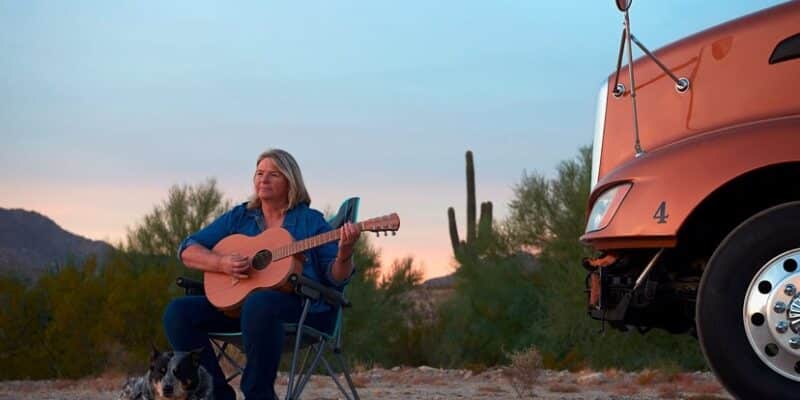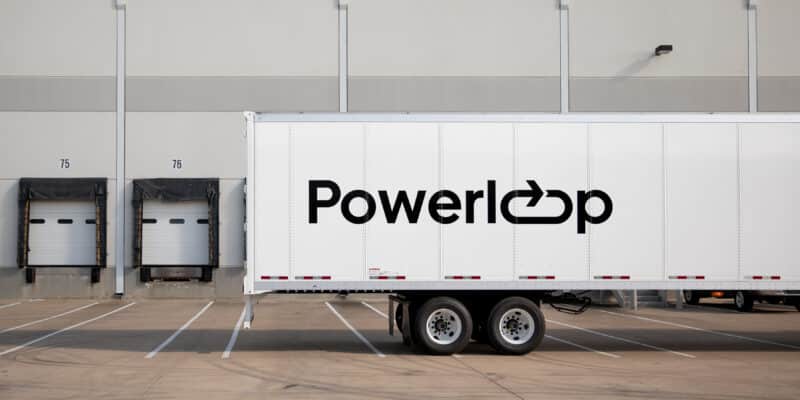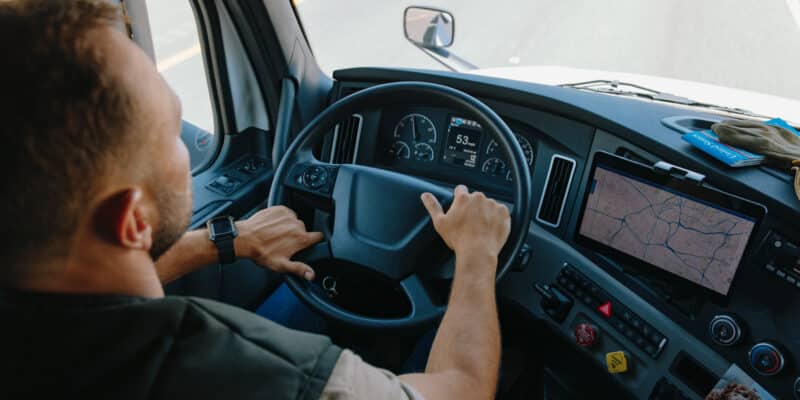A Sikh driver shares her experience on entering the trucking industry
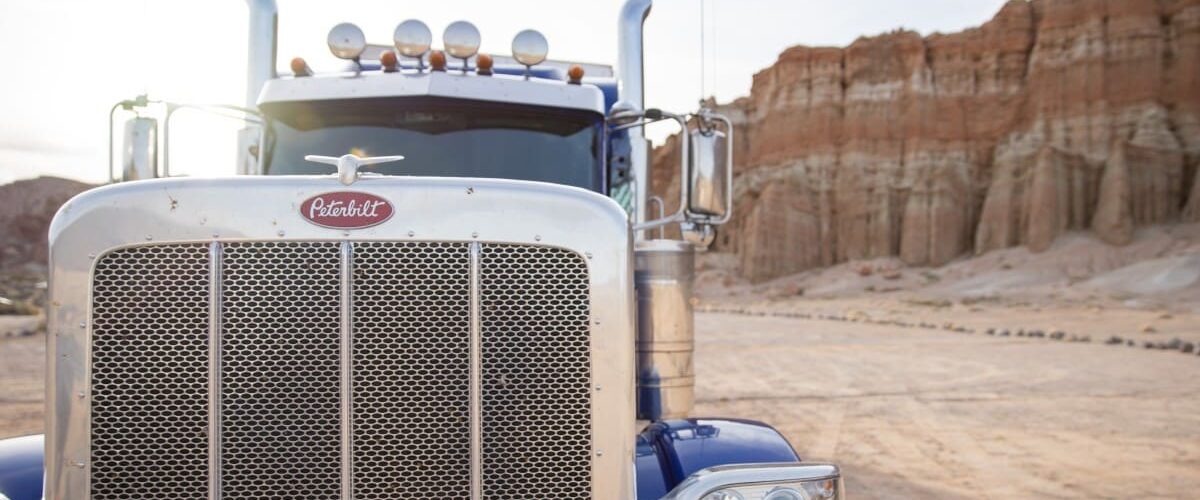
As an older generation of drivers heads toward retirement, the demographics of trucking are changing. Women, people of color, and LGBTQIA+ individuals are joining the industry in greater numbers than ever before. One group in this new face of trucking are Sikhs. Many Sikhs have turned to trucking as a profession in the US since having to flee the Punjabi state of India in the 1980s due to anti-Sikh sentiment and genocide.
The number of Sikhs working in freight has continued to grow, and it’s now estimated that more than 30,000 have gotten behind the wheel in the last 3 years. Many major American highways now feature establishments catering to Sikh drivers that are reminiscent of truck stops back home, like washes, restaurants, and temples.
One of these new Sikh drivers is Chatnaban “Chetna” Smith, who emigrated from the Gujarat state of India 22 years ago. She felt stuck in a series of jobs that she said just didn’t fit. “I tend to get bored doing the same thing over and over,” she observed. “It has to be different things every day.”
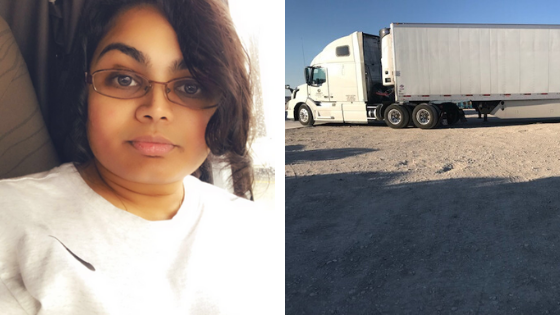
Chetna with her truck
Chetna was hesitant to jump into trucking, even after watching many of her Punjabi friends join the industry. It took a road trip to change her mind. “We were driving down the road and I saw other truckers. Many of them were ladies and I thought, ‘If she can do it, I can do it.’”
Chetna has been going over-the-road (OTR) since the Spring of 2019, and she already loves being a truck driver. We caught up with her to find out what it took to finally transition into the industry.
Tell us about the process of getting your CDL and starting out in trucking.
Women in Indian don’t do heavy work at all, and most parents won’t support their children in something big like trucking. But my parents in India didn’t deny me getting my CDL. My brother also gave me positive talks about getting to the place I wanted to be after getting my CDL.
I studied, went to the DMV, and then took the tests one at a time. Then I went to a school in northeast Portland to learn how to drive the truck. I actually drive for my husband—we run all 48 states.
What do you like about being a truck driver?
The freedom. It doesn’t feel like a job. And you get to see the whole country without having to buy a plane ticket. Every day it’s something new with new scenery to see. I actually wanted to travel, and before trucking, I didn’t know how it would come through. But trucking came through. I made a wish and it came true!
What are the most challenging parts of trucking?
When the truck breaks down and you don’t know what’s going on. I’m nervous because I’m still new, so I’m like, “What part of the engine is making that noise?!” But I’m glad my husband is with me. He has some experience because he’s worked with other companies, so I get to learn from him.
Another thing we face is when we have to drop a load and companies don’t unload us on time, but instead, make us wait for hours. I believe we all want to make money, we all want to be on time, and we all want to get unloaded as soon as possible so we can get back on the road again.
What have your experiences been as a woman in the industry?
I enjoy being a female truck driver. Every day it’s a new area, a new city, or a new town, and I enjoy that. I don’t find being a lady truck driver scary or unsafe. I was recently reading that I’m the first lady truck driver from my state in India. There’s also another truck driver who’s Punjabi and in California, and she mentioned she never goes to truck stops. I don’t find that hard, though. You just pull over by the diesel area, get your stuff, and get on the road. You don’t need to talk or deal with anyone. I can see where it may be sketchy in some areas, but generally, I feel safe.
Why do you think the industry is so attractive to the Sikh or Punjabi community?
They drive trucks in India, too. It’s not hard for them to come here and do the same thing, and I think that’s one reason why they’re all directed to this one job. At every gas station or truck stop, I’ll find 15-20 Punjabi drivers. We see them, we say hi, and we talk to them. You also always have somebody to help, like if I’m having a hard time backing into a dock. I’ll call one of them over and they’re ready to help right there.
Also, they are hardworking. They just keep going. If they have to work all week out on the road, they’ll do that. I have met people who have been in the industry for 25 years, 39 years, and they now own multiple trucks or their own companies.
Have you ever experienced or seen discrimination out on the road?
I don’t see it often. You’re driving your own truck, so basically you’re just working in your own office. You don’t have to talk to anyone. If people do that, there’s no problem. But driving down the road, you might see a truck driver going full-speed trying to cut you off. We’re all doing the same job. Everyone has to understand that driving safely is the best way to get to our destinations.
What are your future plans in trucking?
Right now, my plan is to learn as much as I can in every area of the trucking industry— paperwork, dealing with brokers, learning how to dispatch. Little by little I want to learn everything I can before getting my own truck. That’s the direction I want to move towards.

